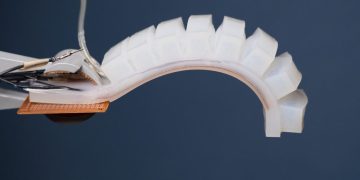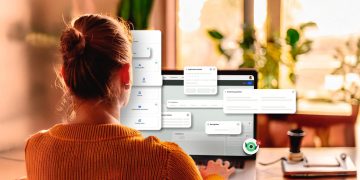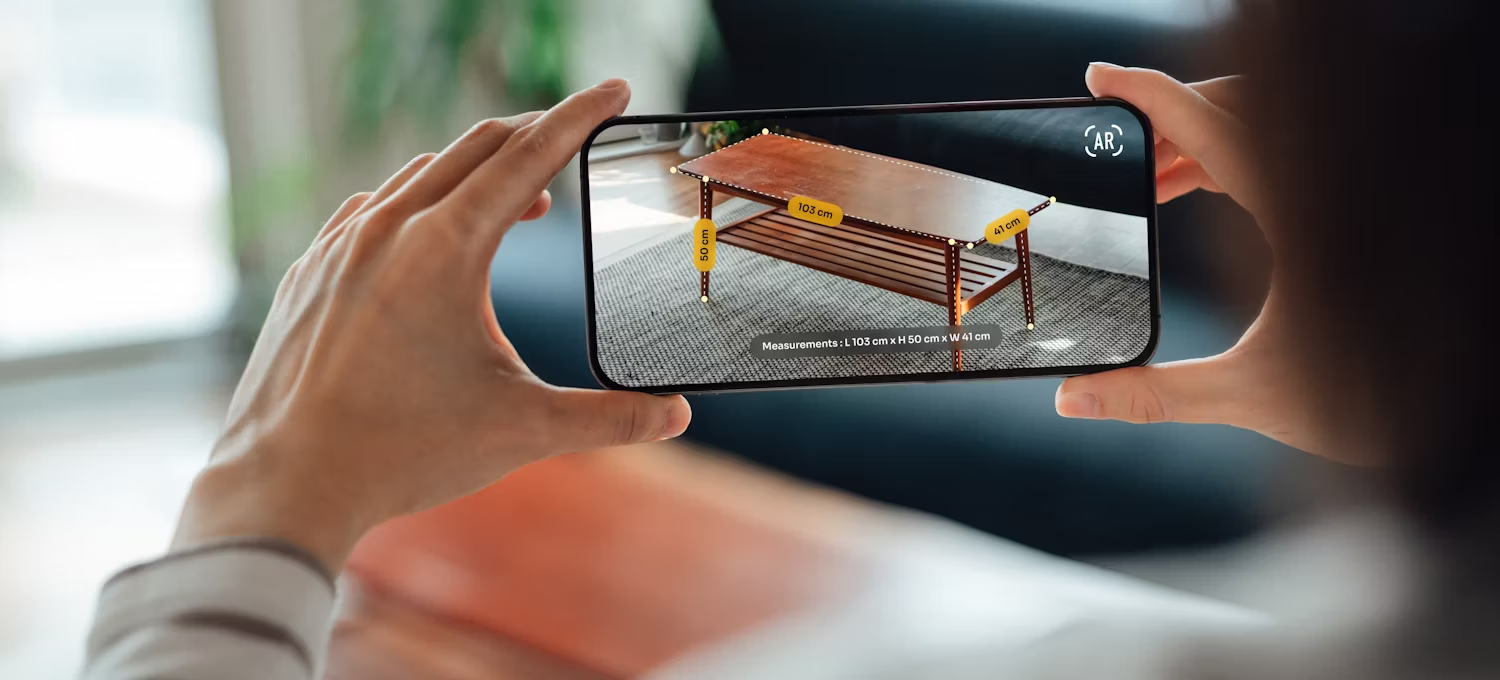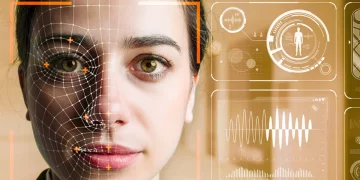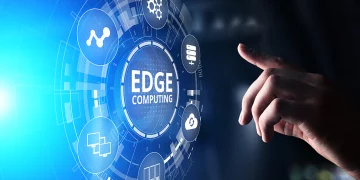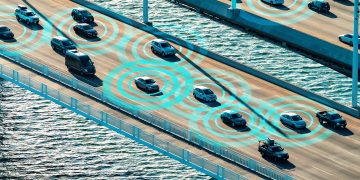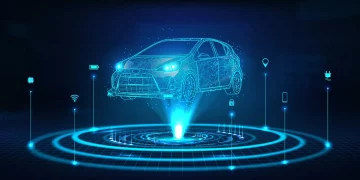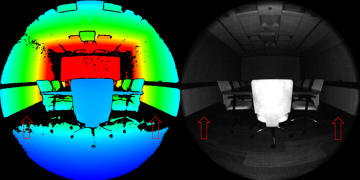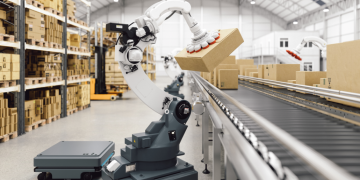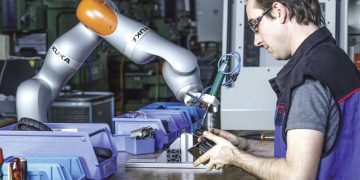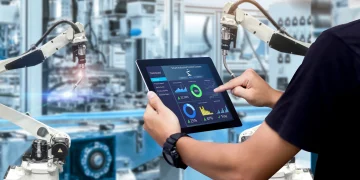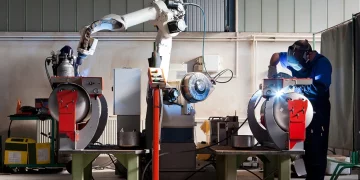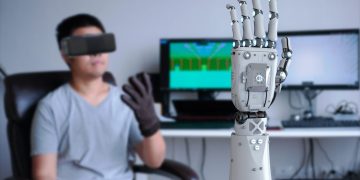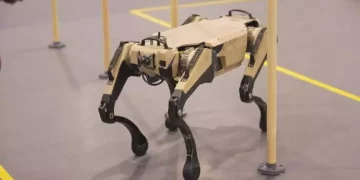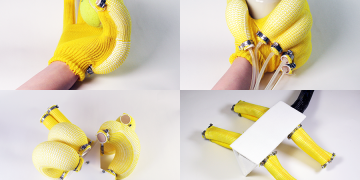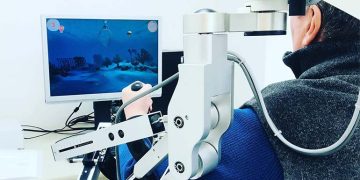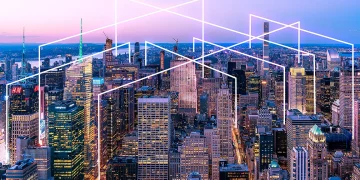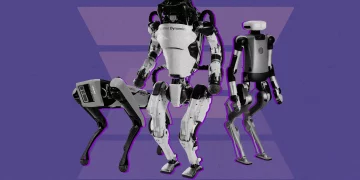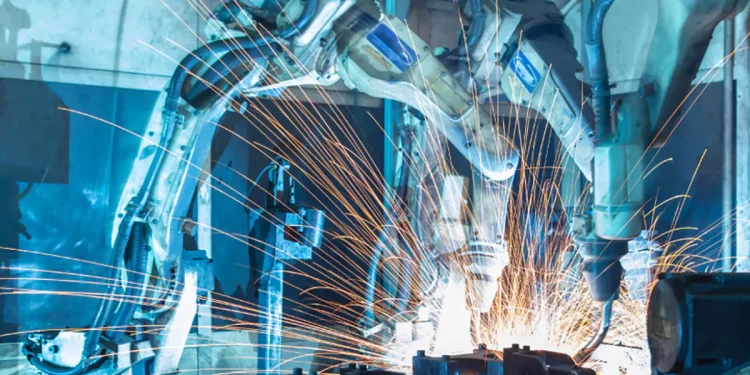The advent of computer vision and sensor technologies has significantly transformed the capabilities of modern robots, allowing them to operate more efficiently and autonomously in dynamic and complex environments. Robots, ranging from industrial machines to autonomous vehicles and service robots, rely heavily on their ability to perceive and interpret their surroundings to make decisions and perform tasks. By integrating computer vision with other sensor technologies such as LiDAR, radar, ultrasonic sensors, and stereo cameras, robots can make more precise and informed judgments in challenging, real-world environments.
This article explores how the combination of computer vision and other sensory inputs is empowering robots to achieve higher accuracy and reliability. We will examine the various sensor fusion techniques, applications, challenges, and future trends in this rapidly evolving field.
Introduction: The Need for Accurate Decision-Making in Robotics
The integration of multiple sensors in robotic systems is often referred to as sensor fusion. In complex and dynamic environments, relying on a single type of sensor—whether it’s vision, distance, or depth perception—may not provide sufficient information. For instance, computer vision, although powerful for object recognition and scene understanding, is highly dependent on lighting, occlusions, and camera angles. Similarly, LiDAR provides detailed 3D data but may struggle with identifying specific objects or textures. Therefore, combining these technologies allows robots to cross-check and validate data, providing a comprehensive view of their surroundings, enhancing decision-making and improving overall performance.
Through sensor fusion, robots can leverage the complementary strengths of various sensors to improve the accuracy, robustness, and flexibility of their perceptual capabilities, even in uncertain or cluttered environments.
1. Computer Vision: The Cornerstone of Robotic Perception
At its core, computer vision enables robots to “see” and interpret the world around them. By using cameras and image processing techniques, robots can extract valuable information such as object recognition, depth perception, motion tracking, and environmental mapping. However, as mentioned, computer vision is not without its limitations.
Key Strengths of Computer Vision:
- Object Recognition: Using algorithms such as Convolutional Neural Networks (CNNs), robots can identify and classify objects based on shape, texture, and patterns. This is essential for tasks like picking and placing items in industrial settings, identifying obstacles, and interacting with humans.
- Scene Understanding: Computer vision allows robots to perceive the structure and layout of an environment. By extracting features like edges, corners, and surfaces, robots can build an internal model of their surroundings.
- Motion Detection: Vision-based systems are adept at tracking moving objects, making them useful in dynamic environments where robots need to respond to constantly changing conditions.
Despite its capabilities, computer vision can struggle in environments with low lighting, high visual noise, or complex, unstructured spaces.
Limitations of Computer Vision:
- Lighting Conditions: Computer vision systems often require sufficient ambient light to function properly. Poor lighting or high dynamic range can distort images and hinder recognition.
- Occlusion: When objects are partially hidden, computer vision systems may have difficulty identifying them accurately.
- Distance and Scale: Vision-based systems can struggle with precise depth perception, especially when objects are far away or vary greatly in size.
2. Sensor Fusion: Enhancing Vision with Additional Sensors
To address the shortcomings of computer vision, engineers have developed sensor fusion techniques that combine data from various types of sensors. Sensor fusion merges the strengths of different technologies, providing robots with a richer, more accurate understanding of their environment.
Key Sensors Integrated with Computer Vision:
- LiDAR (Light Detection and Ranging): LiDAR sensors provide highly accurate 3D mapping by measuring the time it takes for laser pulses to return after hitting an object. LiDAR is particularly useful in mapping large areas, detecting obstacles, and creating 3D models of environments, which complement computer vision’s ability to recognize and classify objects.
- Stereo Cameras: Stereo cameras use two or more cameras placed at slightly different angles to mimic human depth perception. By comparing the images, robots can generate depth maps that help with understanding the spatial relationship between objects. Stereo vision is valuable in detecting objects’ distances, which is something computer vision may struggle with.
- Ultrasonic Sensors: These sensors use sound waves to detect objects at a close range. They are inexpensive and effective for short-range detection, especially in tight spaces where LiDAR or cameras may not be practical. They complement computer vision by providing real-time proximity data.
- Radar: Radar systems use radio waves to detect objects and measure their distance, speed, and movement. Radar is often used in conjunction with other sensors to operate in low-visibility conditions like fog, rain, or nighttime.
How Sensor Fusion Enhances Decision-Making:
- Improved Accuracy: By combining different types of sensory input, robots can cross-check data and reduce the likelihood of errors caused by environmental factors like poor lighting or occlusions. For example, while LiDAR might provide excellent distance measurements, it may miss finer details that a camera can capture, such as texture or color. Combining these data sources results in more accurate object recognition and environmental mapping.
- Redundancy: Sensor fusion provides redundancy, ensuring that if one sensor fails or is compromised, other sensors can continue to provide essential information. This is especially important in mission-critical applications such as autonomous driving or robotic surgery, where safety is paramount.
- Better Adaptability: Sensor fusion allows robots to adapt to a wider range of environments. For instance, while a stereo camera may struggle in low-light conditions, the addition of LiDAR or radar data can help the robot navigate safely in those environments.
3. Applications of Sensor Fusion in Robotics
The use of sensor fusion in robotics is transforming industries by enabling robots to perform complex tasks with higher precision and reliability. Below are some key applications across various sectors:
Autonomous Vehicles
In autonomous vehicles, sensor fusion is crucial for providing the vehicle with a complete, real-time understanding of the road environment. By combining LiDAR, stereo cameras, radar, and ultrasonic sensors, autonomous cars can accurately detect obstacles, pedestrians, traffic signals, and lane markings, allowing them to make safe and informed driving decisions.
- Obstacle Detection: LiDAR and cameras work together to detect both moving and stationary obstacles on the road, while radar can identify vehicles ahead in poor weather conditions like rain or fog.
- Path Planning: The fusion of sensor data allows autonomous vehicles to plan their route by understanding both the static and dynamic elements of the environment.
Industrial Robots
In manufacturing and logistics, sensor fusion enables robots to navigate complex environments, interact with humans, and perform precise assembly tasks. Industrial robots typically use a combination of vision-based systems, force sensors, and proximity sensors to handle delicate tasks like assembly, welding, or inspection.
- Object Manipulation: A combination of computer vision (for identifying objects) and force sensors (for adjusting grip strength) ensures that robots can handle fragile items without damaging them.
- Warehouse Navigation: Robots equipped with LiDAR and cameras can map warehouse spaces, navigate efficiently through aisles, and avoid obstacles to retrieve or store items.
Service Robots
Service robots in areas like healthcare, hospitality, and retail rely on sensor fusion to interact with people and navigate complex environments. For example, robots in hospitals can use LiDAR and stereo cameras to safely move around patients, avoiding obstacles like medical equipment, and following designated paths.
- Patient Assistance: In healthcare, robots can use cameras to identify and monitor patients, while LiDAR can help them navigate hallways or rooms without collision.
- Personal Robots: Robots like personal assistants or delivery bots rely on sensor fusion to perform tasks such as delivering packages or assisting elderly individuals.
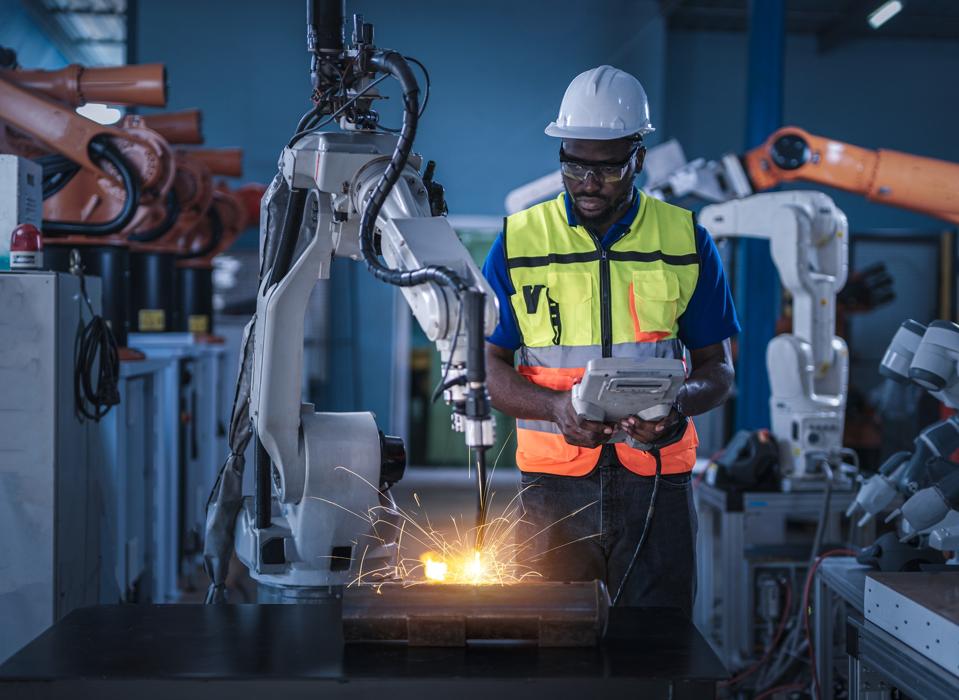
4. Challenges and Limitations of Sensor Fusion
While sensor fusion offers numerous advantages, it also comes with its own set of challenges:
- Data Overload: Combining data from multiple sensors can result in large volumes of information that need to be processed in real-time. This requires significant computational resources and efficient algorithms to ensure timely decision-making.
- Sensor Calibration: Ensuring that all sensors are calibrated correctly and work together harmoniously is a complex task. Misaligned sensors or incorrect data fusion can lead to inaccurate results and poor performance.
- Cost and Complexity: Integrating multiple sensors into a single system increases both the cost and complexity of robots. Advanced sensors like LiDAR and radar can be expensive, and maintaining a system with multiple sensors requires advanced algorithms and engineering expertise.
- Environmental Factors: Different sensors perform better under different environmental conditions. For example, LiDAR works well in a variety of lighting conditions but may be less effective in heavy rain or snow. Combining sensors requires sophisticated algorithms to handle such variations.
5. Future Directions of Sensor Fusion in Robotics
As computational power and sensor technologies continue to improve, the future of sensor fusion in robotics looks very promising:
- Edge Computing: Real-time sensor fusion will be facilitated by edge computing, which allows data processing to occur on the robot itself, reducing latency and increasing the speed of decision-making.
- AI and Deep Learning: AI-powered sensor fusion algorithms will become more efficient at processing data, leading to better decision-making and adaptability to new and unpredictable environments.
- Miniaturization of Sensors: Smaller and more affordable sensors will make it easier for robots to incorporate multiple sensors, making sensor fusion more widely accessible and practical for a range of applications.
Conclusion: A New Era in Robotic Decision-Making
The integration of computer vision with complementary sensors such as LiDAR, radar, and stereo cameras is revolutionizing the way robots perceive and interact with the world. By combining multiple sensory inputs, robots can make more precise, reliable, and context-aware decisions, even in the most complex environments.
With the continued advancements in sensor fusion technologies and AI-driven algorithms, robots are poised to achieve new levels of autonomy and intelligence. This will not only enhance the capabilities of existing systems but also open up new possibilities in sectors ranging from autonomous transportation and industrial automation to healthcare and service robotics.

